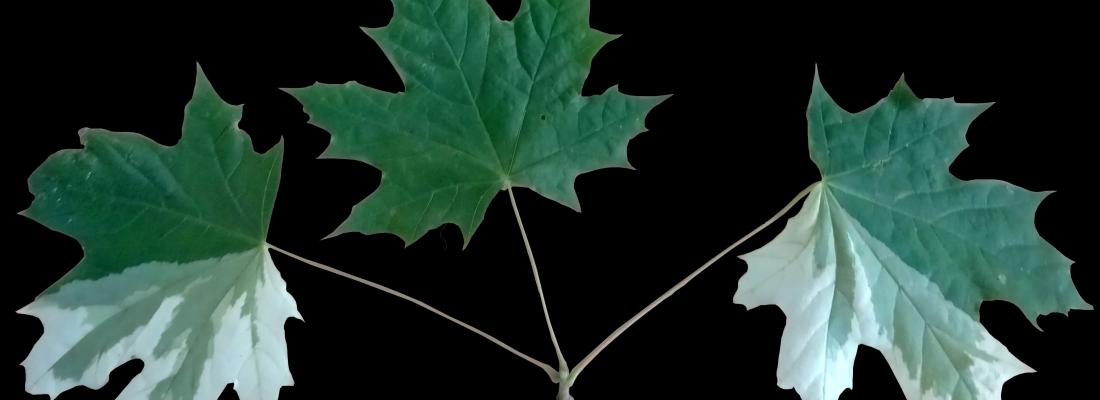Biodiversity Reading time 2 min
Detecting tree mutations using a method developed in medical science
Published on 28 November 2022

The study of mutations is essential for understanding the evolution and adaptation of species over time. Yet, the mutation process remains understudied, especially in plants. INRAE researchers from the Pays de la Loire, Nouvelle-Aquitaine Bordeaux and French West Indies-French Guiana centres have joined forces to find the best way of detecting somatic[1] mutations in trees.
Applying seven detection methods commonly used in biology and cancer research, they began their analysis by simulating mutations to compare the efficiency of each tool. The results were conclusive: one of the detection methods developed in cancer research was by far the most efficient in plants. They used the same tool to reanalyse DNA sequencing data sets from two old oak trees, on which other mutation tests had already been carried out. Compared to the previously preferred traditional methods for detecting mutations in plants, 3.4 times more mutations were detected as a result.
This study is part of a project[2] aimed at understanding mutation processes in tropical trees. These trees, which are exposed to high levels of ultraviolet radiation, have been little studied, and an analysis of their somatic mutations will be a major step forward in understanding their genetic diversity. These preliminary studies on oaks, a well-known taxonomic group, will help to establish the most suitable strategy for analysing the genome of large tropical trees in the future.
[1] Refers to all cells in the body except germ cells—sperm and egg cells in humans.
[2] The TREEMUTATION project, funded by the CEBA Laboratory of Excellence (ANR-10-LABX-25-01), which focuses on the mutation process in tropical trees.
REFErence
Schmitt, Sylvain; Leroy, Thibault; Heuertz, Myriam; Tysklind, Niklas. Somatic mutation detection: a critical evaluation through simulations and reanalyses in oaks. Peer Community Journal, Volume 2 (2022), article no. e68. doi: https://doi.org/10.24072/pcjournal.187
